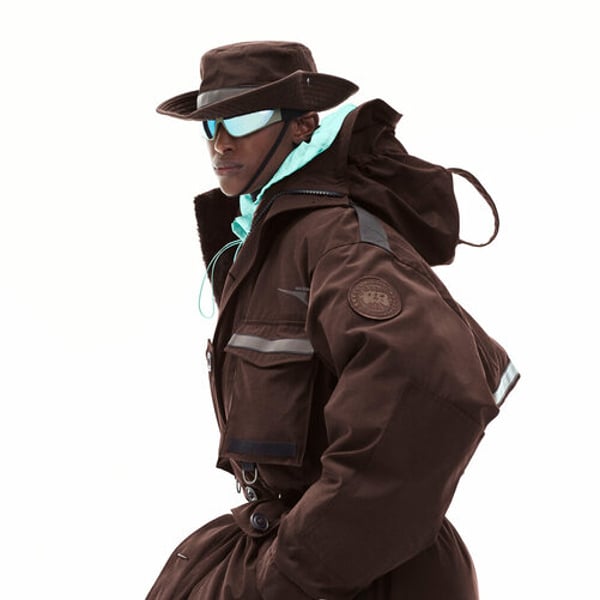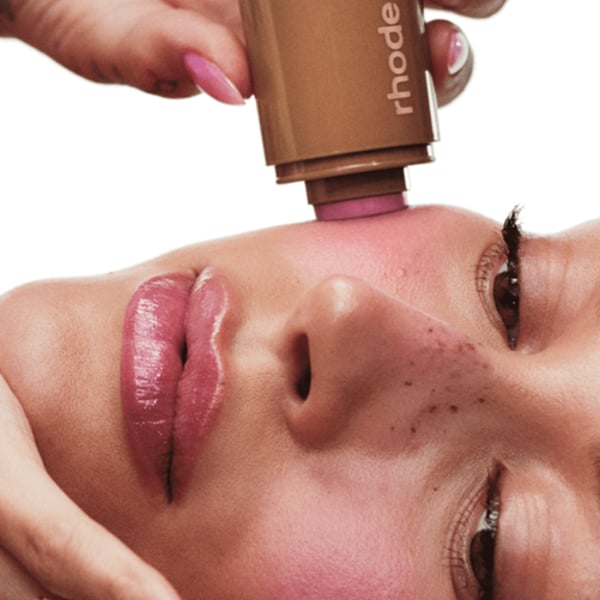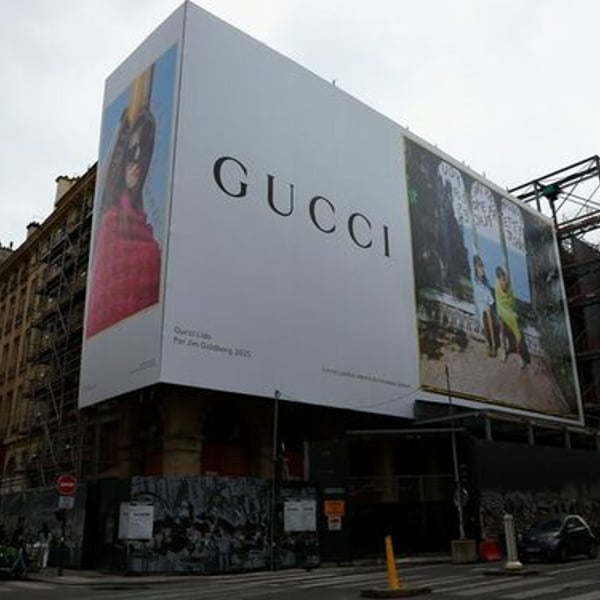Translated by
Nicola Mira
Published
May 26, 2025
Canada Goose, which manufactures nearly three quarters of its products in Canada, considers the current global tariff crisis as an opportunity. The brand, a specialist in parkas and outerwear for Arctic conditions, has reported results for fiscal 2024-25, closed on March 30, on par with the previous year, generating a revenue of CAD1.35 billion (€860 million), equivalent to a 1% increase.
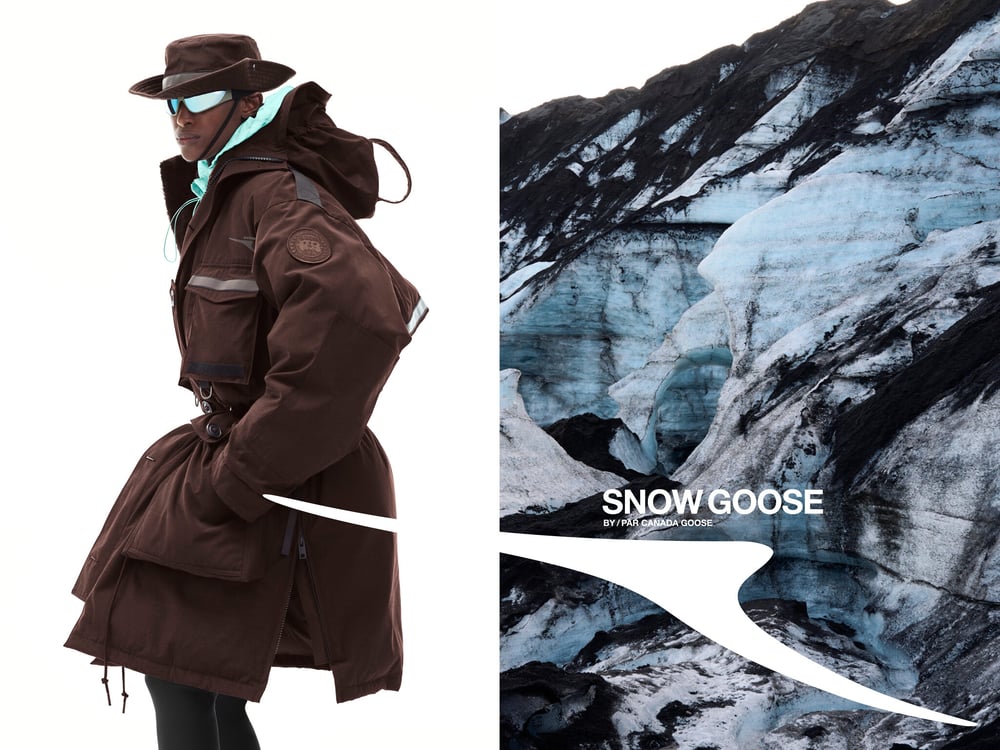
Canada Goose, founded in a Toronto warehouse in 1957 and currently led by Dani Reiss, notably recorded a 7% revenue rise in Q4 (and a 4% one at constant exchange rates), benefiting from the launch of an eyewear line. In North America, and especially the U.S., the brand posted an 8% revenue increase, a momentum sustained in April.
“Nearly 75% of our products are manufactured in Canada, and are virtually all compliant with the United States-Mexico-Canada Agreement (USMCA), and are exempt from customs duties. The rest of our products, chiefly coming from Europe, will be faced with increased customs duties, but the financial impact will be minimal,” said Beth Clymer, Canada Goose’s president finance, strategy and administration. “Beyond the issue of tariffs, our vertical manufacturing organisation is a genuine competitive advantage,” she added.
In Q4, revenue grew also in China, increasing by nearly 8%, a performance reflected by positive results in the rest of the Asia-Pacific region, which grew by 63% to CAD32 million.
Over the past two years, between exchange rate fluctuations and international economic upheavals, Asia Pacific has established itself as a key region for Canada Goose, its revenue growing from CAD354 million to CAD538 million. North America has meanwhile returned to the revenue levels of two years ago, after a tough fiscal 2023-24. Canada Goose is instead struggling in the European market, with revenue falling from CAD282 million to CAD231 million.
In Q4, EMEA as a whole posted a downturn compared to the same period a year earlier, generating only CAD49 million out of the CAD385 million recorded by the group in the quarter, chiefly owing to a negative performance in the UK.
“The UK has continued to face harder market conditions than the rest of the region, while our stores in Milan and Paris performed well,” said Carrie Baker, Canada Goose brand president.
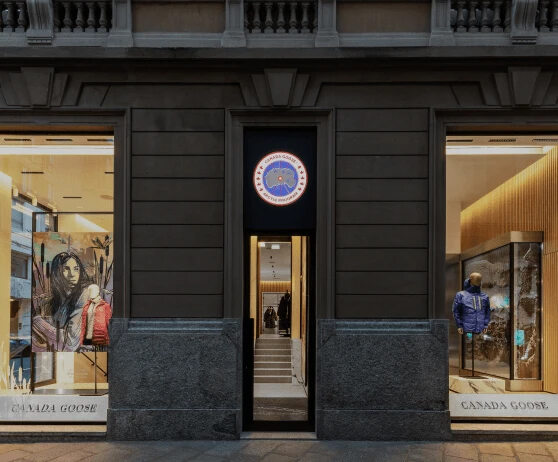
Canada Goose seems determined to maintain its position in Europe, and intends to focus on two fashion capitals like Milan and Paris. Both cities are among the brand’s investment priorities for the current fiscal year.
Last year, Canada Goose announced it wanted to double its direct retail fleet by 2028, concentrating on DTC growth. In 2024-25, DTC sales increased by 5% over the previous fiscal year, reaching just shy of CAD1 billion, despite the fact that comp sales fell by nearly 4%. Revenue in the wholesale channel dropped by nearly 17%, as Canada Goose continued to rationalise the number of clients. Canada Goose said it wants to focus on high-calibre partners able to support the evolution of its brand identity, driven by the Snow Goose campaign, the first element in the brand approach deployed by Creative Director Haider Ackermann, who was appointed a year ago. Selfridges and Galeries Lafayette in Paris now both feature the brand’s new retail activations.
Canada Goose is planning several store renovations, and is set to open more stores than the four it did in 2024-25. It intends to open new flagships in Milan and in Paris, where last year the brand was in advanced negotiations for an address on the Champs-Elysées.
Paris is becoming increasingly central for the brand. Its Parisian design studio, which saw the light in parallel with Ackermann’s appointment, is expanding, and is looking to hire creative profiles as well as materials and sourcing experts. The same approach has been adopted at the Toronto headquarters, as Canada Goose seeks to develop an attractive year-round product offering. The brand wants to double its drops every season, introducing new products more regularly.
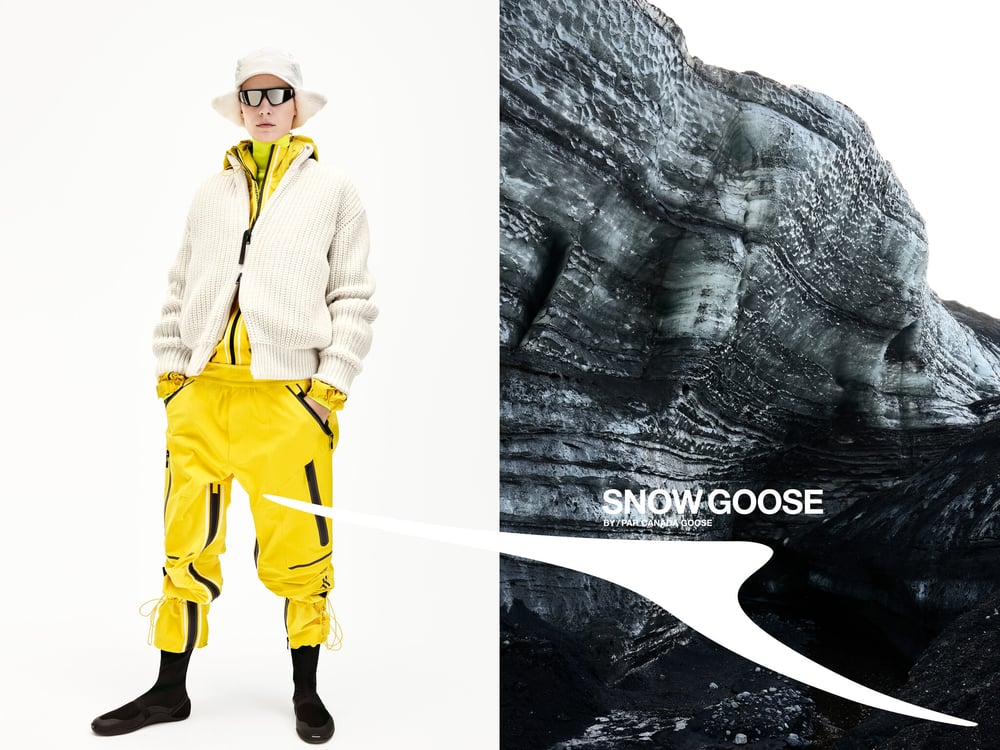
“Our expanded design teams in Paris and Toronto are accelerating the development of new products in multiple categories,” said CFO Neil Bowden in conversation with financial analysts.
Expanding the product range is primarily designed to boost customer loyalty. “Apparel continues to be our fastest-growing category, for both the quarter and fiscal 2025,” Baker said. “Our data shows that consumers who discover us through apparel are more likely to become regular customers,” she added.
Ackermann’s expertise is expected to add new range depth to Canada Goose. And the elements of the Snow Goose line are set to begin to percolate into the brand’s entire offering in the coming seasons.
“Snow Goose remains an opportunity. It’s a much bigger opportunity to bring the brand to life in a very different way. Haider’s creative vision, his aesthetics, his approach to craftsmanship, all of this continues to delight our consumers. I’m looking forward to finding out about this shortly. Haider’s seasonal capsules will feature entirely new styles, colourways and fabrics, among other things. It’s very exciting. I think consumers will be very interested to see Canada Goose adopt a slightly different look as we move forward,” said Baker.
Injecting the creativity of the Colombian-born French designer, who is working in parallel at Tom Ford, is also expected to enable Canada Goose to differentiate price-points between its evergreen products and new items with a more directional aesthetic, which will benefit, according to the brand, from increased agility in terms of product drops. It is a big challenge involving substantial investment, and Canada Goose said it would increase its investment budget for the current fiscal year, though it didn’t provide revenue forecasts for the fiscal year ending in March 2026.
Copyright © 2025 FashionNetwork.com All rights reserved.
